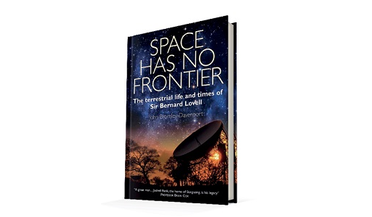 03 January 2021
Space Has No Frontie
03 January 2021
Space Has No Frontie
...the telescope). An interesting aside is a commentary on Lovell’s involvement in the shady world of espionage during World War II and the Cold War; as the dust jacket reports, “classified documents disclosed since his death in 2012 reveal that he even...
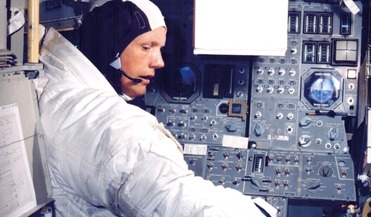 July 2019
A reluctant American hero
July 2019
A reluctant American hero
... jets off the USS Essex carrier for the US Navy during the Korean War in 1951-1952, to piloting the X15 at Mach 5.74 to a height...1969. Within 20 years, the USSR had collapsed and the Cold War with the west was over, with the Soviet system unable ...
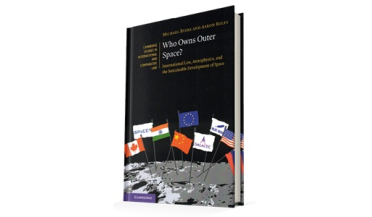 01 April 2025
Who Owns Outer Space?
01 April 2025
Who Owns Outer Space?
...this is not blessed with a happy ending. Channelling the war in Ukraine, the authors consider “whether the long-stable ... of the ‘pellet ring’, a “potential weapon” of the Cold War that involves launching millions of tiny steel balls into orbit. This...
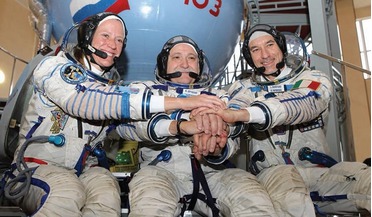 July 2014
Why become a cosmonaut? To preserve knowledge
July 2014
Why become a cosmonaut? To preserve knowledge
... desire to expand the boundaries of knowledge. It is true that the space race became one of the symbols of the Cold War. And yet, it was not simply because of competition between the superpowers that space became an area for...
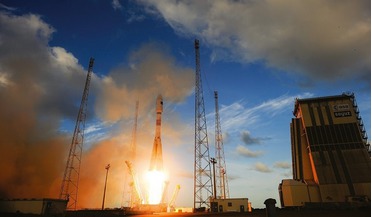 July 2014
A revitalised space sector reduces costs and makes space data more accessible
July 2014
A revitalised space sector reduces costs and makes space data more accessible
..., resonated with the explorer in us all. But the primary impetus for the exploration of space was the Cold War rivalry of the USA and the USSR. The ensuing ‘race for the Moon’ was a staggering feat...
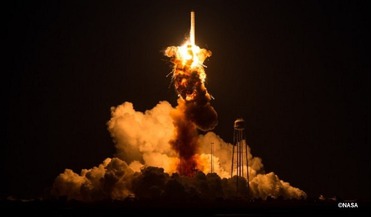 December 2014
From the green economy to green space
December 2014
From the green economy to green space
... load, 90 per cent is fuel (often it’s a highly toxic unsymmetrical dimethyl hydrazine – heptyl – left over from the Cold War), and the other seven to nine per cent is construction fragments that after start and separation fly...